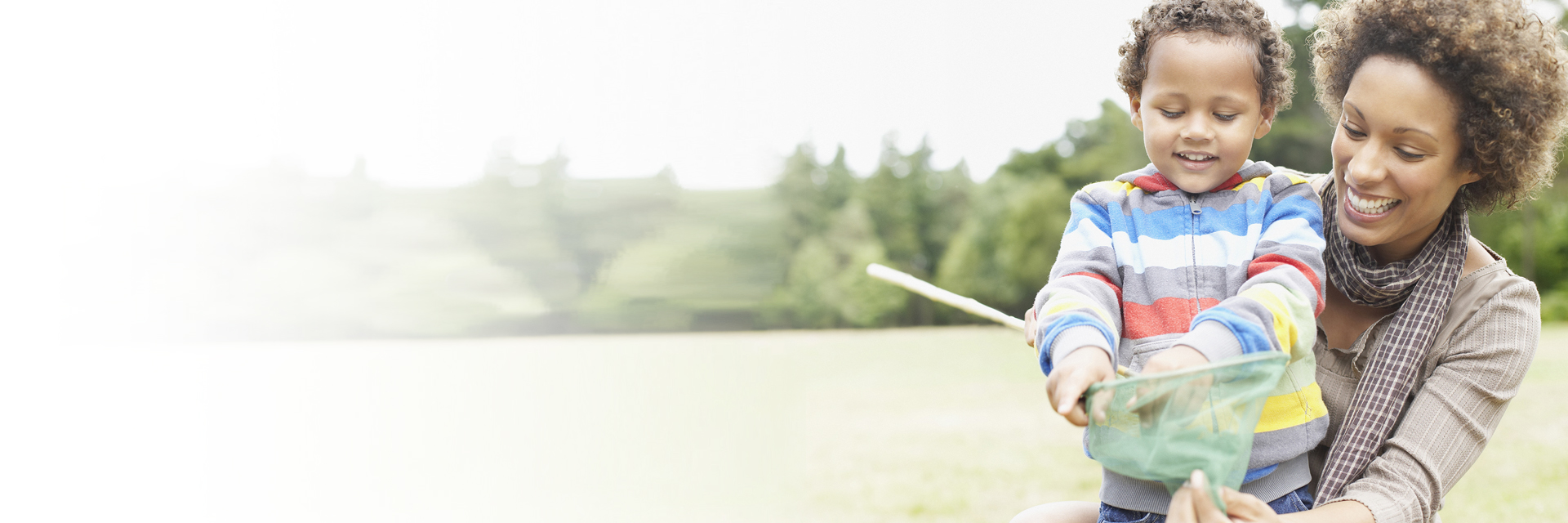A good childcare program lays the foundation for later success in school. However, it’s important to know that the right program for one child may not be right for another—even for 2 children in the same family. Begin the search by thinking about what kind of setting best suits your child and your family’s needs.
When choosing a program, find out the size of the program, its location, the number of days and hours offered, the availability of extended hours, how different ages are grouped, class size and cost.
After deciding which type of program best meets your needs, visit more than one site so you can compare.
If looking at a childcare center, the following detailed checklist may be helpful.
The Program:
- Does the program have a clear, written statement of its goals and philosophy?
- Does it consider a child’s social, emotional, and physical needs?
- Is the atmosphere warm, nurturing, and accepting?
- Is there at least 1 caregiver for every 3 babies or 6 toddlers (although requirements for how many caregivers per child can vary)?
- Does the school offer a balance of individual, small-group, and large-group activities?
- Is there a balance between quiet periods and active times?
- Is there a routine to most days?
- Does the program have an up-to-date state license?
The Teachers
- What are teachers’ qualifications?
- What is the ratio of children to teachers?
- Is there frequent staff turnover?
- Do teachers encourage and respond to children’s natural interests?
- Are they cheerful and patient?
- How do the adults interact with the children and with each other?
The Setting
- Does it look safe indoors and outdoors?
- Can you imagine your child in this setting?
- Are the children happy, relaxed and engaged in meaningful play?
- Does the setting foster productive interactions between children?
- Is there a wide variety of materials? Are they orderly and easily accessible?
- Do equipment and toys encourage individual and group play and improve gross and fine motor skills?
Parental Involvement
- Is parental involvement welcomed and encouraged? How?
- Will the school’s administration provide references to parents whose children have attended the program or are attending?
See also ...
This message is not intended to provide individual medical advice. Always seek the advice of a physician or qualified healthcare provider for any questions you have about your health or medical condition, your breastfeeding issues and your infant's health. Never disregard, avoid or delay contacting a doctor or other qualified professional because of something you have read in our emails, webpages or other electronic communications.
Powered by UbiCare

